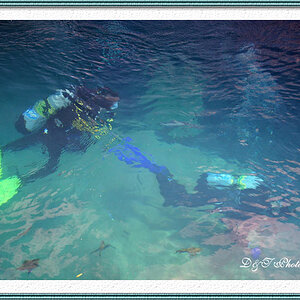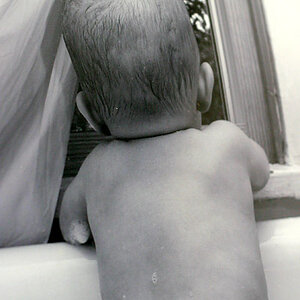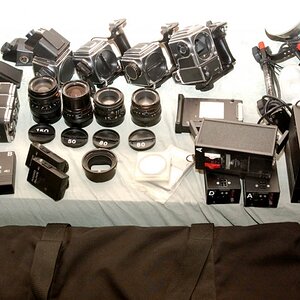unpopular
Been spending a lot of time on here!
I am about ready to start experiments with a new photographic process I have been designing on paper, which I have come to call the "Matrix Thermal Transfer Process".
The basic idea is that a soap or wax with a relatively low melting point is selectively restrained from transfer to a print medium upon application of uniform heat. To accomplish this, I plan to suspend pigmented soap within a dichromated gelatin matrix, areas exposed to UV light will harden and entrap the soap while areas left unexposed will remain free.
Soap is chosen due to it's water solubility.
When in contact with a printing medium and applied to heat and pressure, I predict that the soap within the unexposed region will melt and liquify, transferring pigment to the printing medium while the soap within the exposed region will be entrapped in the hardened gelatin, permitting the printing medium to show through white.
Any thoughts?
The basic idea is that a soap or wax with a relatively low melting point is selectively restrained from transfer to a print medium upon application of uniform heat. To accomplish this, I plan to suspend pigmented soap within a dichromated gelatin matrix, areas exposed to UV light will harden and entrap the soap while areas left unexposed will remain free.
Soap is chosen due to it's water solubility.
When in contact with a printing medium and applied to heat and pressure, I predict that the soap within the unexposed region will melt and liquify, transferring pigment to the printing medium while the soap within the exposed region will be entrapped in the hardened gelatin, permitting the printing medium to show through white.
Any thoughts?
Last edited:














